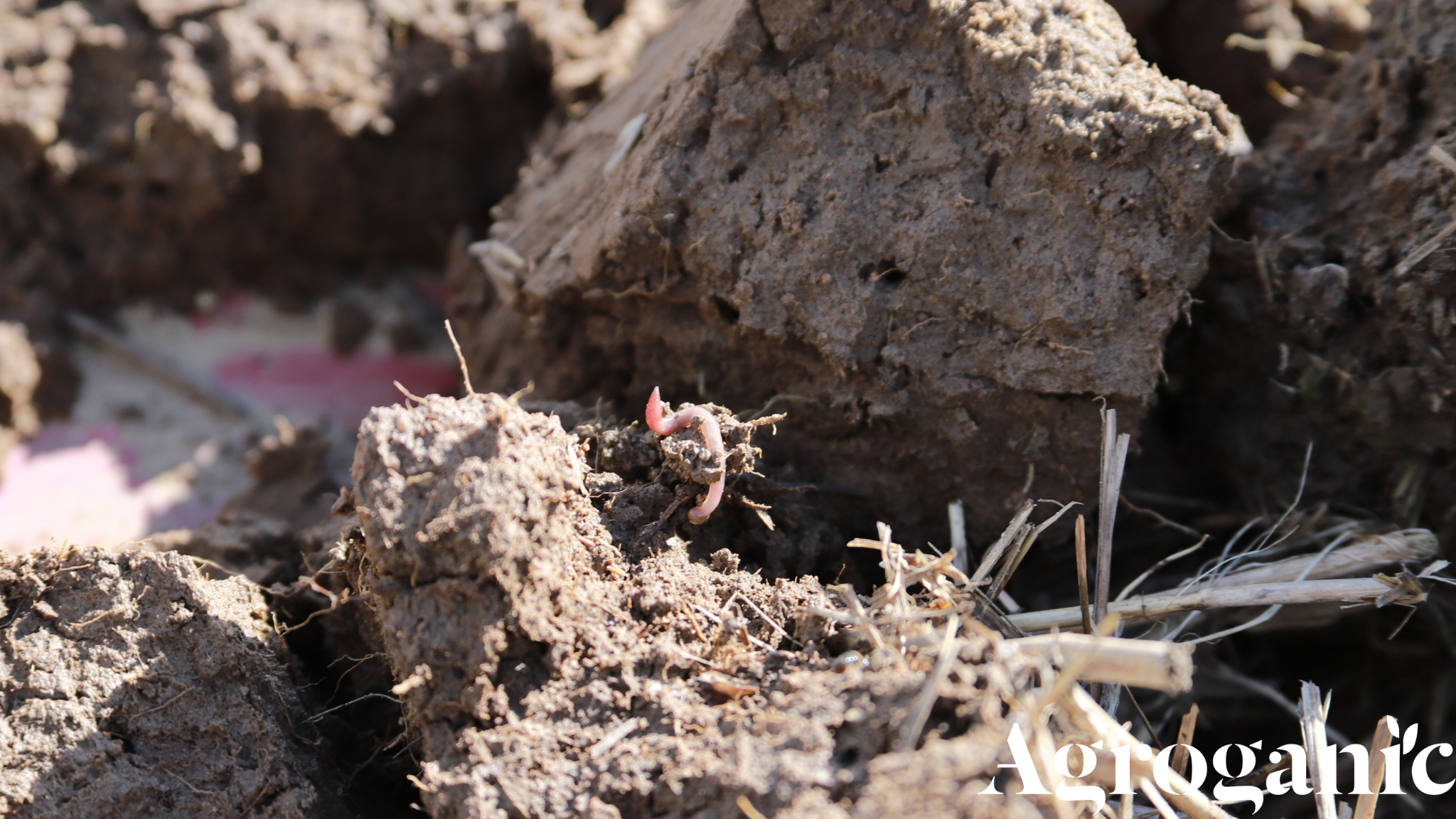How Soil Fertility Impacts Productivity
Soil fertility is the foundation for a healthy and productive crop. A fertile soil is characterized by being able to provide crops with the necessary nutrients and maintain proper drainage and water retention. Understanding how to cultivate a fertile soil is essential for a productive crop. In this article, we’ll delve into the ways in which soil fertility influences the yield and quality of crops and the importance of a well-thought-out soil management with regenerative farming practices.
The Role of Soil Fertility in Crop Productivity:
Soil fertility is primarily about the availability of essential nutrients. Healthy, fertile soil contains a balanced supply of macronutrients (nitrogen, phosphorus, and potassium) and micronutrients (like iron, zinc, and copper). These nutrients are vital for plant growth, as they influence everything from root development to photosynthesis. Fertile soils also provide plants with the nutrients they need to grow and resist diseases and pests. When soil is lacking in essential nutrients, plants become stressed and are more susceptible to a range of issues, leading to reduced productivity. Fertile soil also results in higher crop yields and better-quality produce. Plants grown in nutrient-rich soil are more likely to produce larger, healthier fruits, vegetables, and grains.
Soil Management to Improve Soil Fertility:
In addition to a soil’s inherent qualities, like sand and clay content, how you manage your soil and which farming strategies you use are the key to long-term fertile soils. Conventional farming practices such as plowing can deplete the soil of carbon, and leaving the soil bare for long periods of time can cause leaching of valuable nutrients like nitrogen. How you manage your soil is highly important in ensuring soil fertility but if you adhere to regenerative farming practices, you can build up your soil’s fertility over time.
Minimal soil disturbance: Soil structure is an important and often overlooked aspect of soil fertility. A soil with a good porous crumb structure will be able to retain water for longer periods of time, which is beneficial during the more frequent droughts many farmers are currently experiencing. At the same time, a porous soil isn’t prone to waterlogging and will be able to drain off the excess water during periods with intense precipitation. Switching to no-till practices allows earthworms and microorganisms to build up the soil structure with micro and macro pores.
Crop Rotation: Another key strategy for maintaining soil fertility is crop rotation. By alternating crops, you can prevent the depletion of specific nutrients from the soil and utilize different areas of the soil profile. Different crops have varying nutrient demands, so crop rotation helps to maintain a balanced nutrient profile as well as being a key strategy to breaking pest cycles.
Cover Crops: Planting cover crops and keeping the soil covered after harvesting the cash crop can help improve the soil fertility by catching excess nutrients in the soil and making them available for the following year’s cash crop. Additionally, legume cover crops can fix nitrogen from the atmosphere. Cover crops can also help build soil organic matter since having growing crops in the soil year-round can allow the Liquid Carbon Pathway to occur.
Organic Matter: Organic matter, such as compost, manure or straw, is a valuable addition to soil. It improves soil structure, moisture retention, and provides a slow-release source of nutrients. Regularly adding organic matter to the soil is essential for long-term fertility.
Improve soil microbial life: Soil microbes drive a myriad of beneficial processes that are essential for a healthy soil. Increased microbial activity leads to higher nutrient availability as well as nutrient retention in the soil. Additionally, incorporating practices that encourage abundance and diversity of soil microbes improves soil aggregation, water penetration, and water retention and decreases soil erosion.
In Conclusion:
Soil fertility is the cornerstone of agricultural productivity, influencing everything from plant growth to disease resistance. It’s not just about nutrients but a delicate balance that requires thoughtful management.
Regenerative farming practices like no-till farming, crop rotation, and cover crops play crucial roles in maintaining fertile soil. These methods prevent nutrient depletion, enhance water retention, and contribute to the overall health of the soil. Prioritizing sustainable soil management practices ensures our soils remain fertile, paving the way for consistently productive crops.

